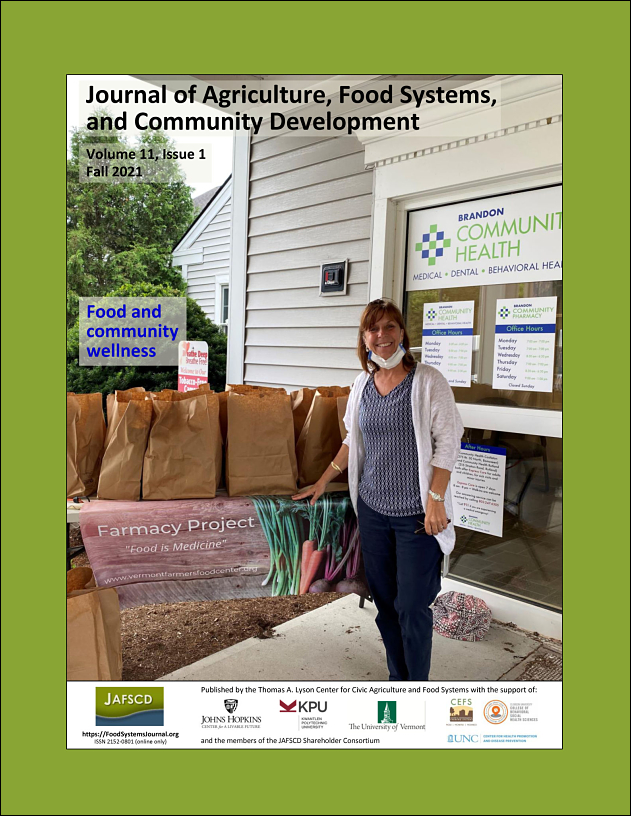Implementing sustainable food forests
Extracting success factors through a cross-case comparison
DOI:
https://doi.org/10.5304/jafscd.2021.111.019
Keywords:
Food Forests, Forest Gardens, Food Economy, Food Entrepreneurship, Implementation Paths, Case StudiesAbstract
Food forests are multistrata ecosystems that provide healthy food, livelihood opportunities, as well as social-cultural and environmental services. With these features, food forests address several problems industrial food systems cause. While the overall number of food forests is continuously increasing worldwide, the rate of uptake is still low. This study reconstructs in detail how different types of food forests (n=7) were realized, mostly in Europe, with a focus on organization and management. Findings confirm and add to previous studies indicating that the successful implementation of food forests depends on long-term land access, sufficient start-up funds, and adequate farming and entrepreneurial know-how, among other factors. While these are not unique factors compared to other farm and food businesses, sustainable food forests face particular obstacles to secure them. This study offers guidance to food entrepreneurs, public officials, and activists on how to successfully implement food forests to realize their full sustainability potential.
Metrics
Downloads
Published
How to Cite
Issue
Section
License
Copyright (c) 2021 Stefanie Albrecht, Arnim Wiek

This work is licensed under a Creative Commons Attribution 4.0 International License.
The copyright to all content published in JAFSCD belongs to the author(s). It is licensed as CC BY 4.0. This license determines how you may reprint, copy, distribute, or otherwise share JAFSCD content.













